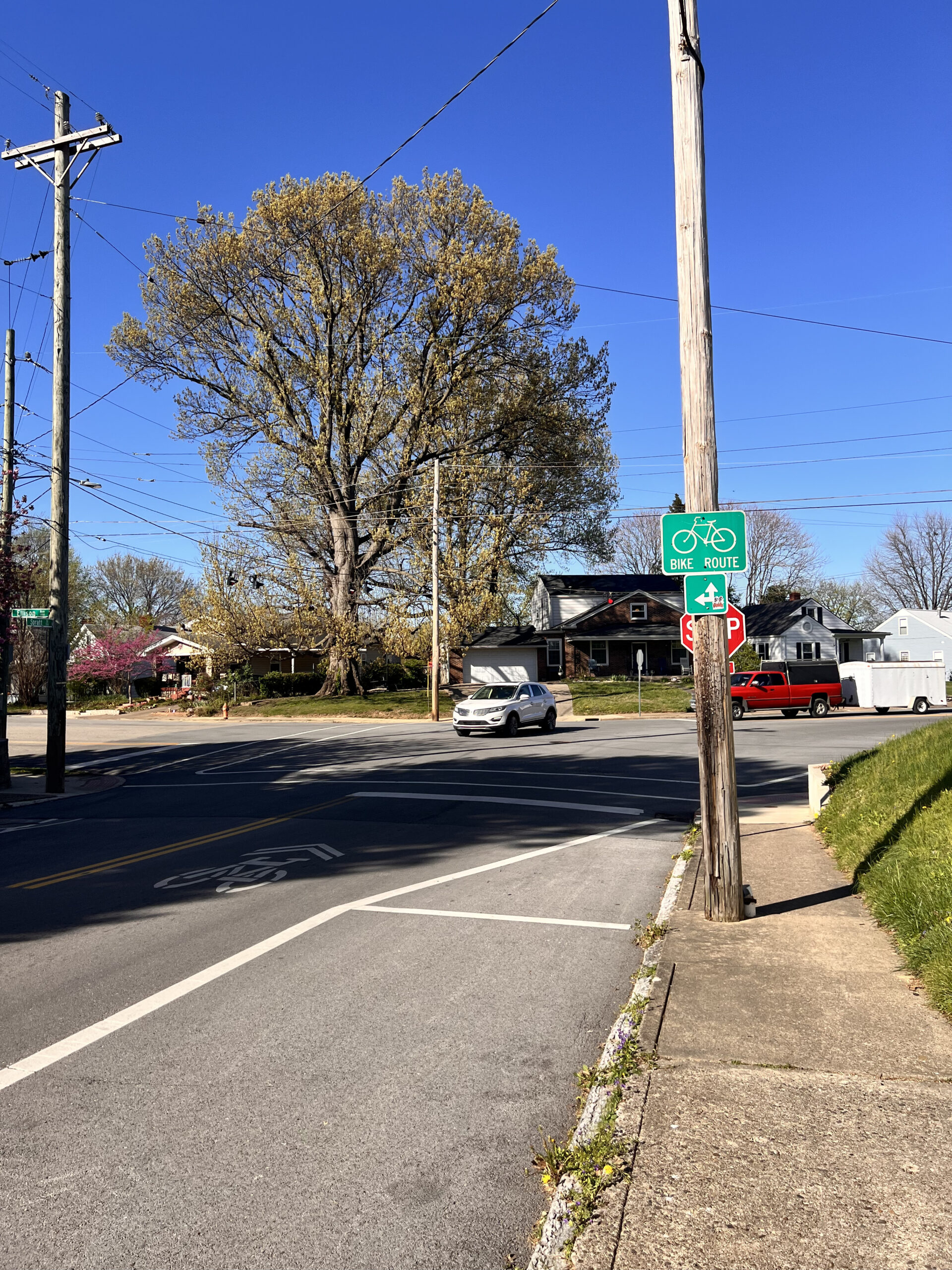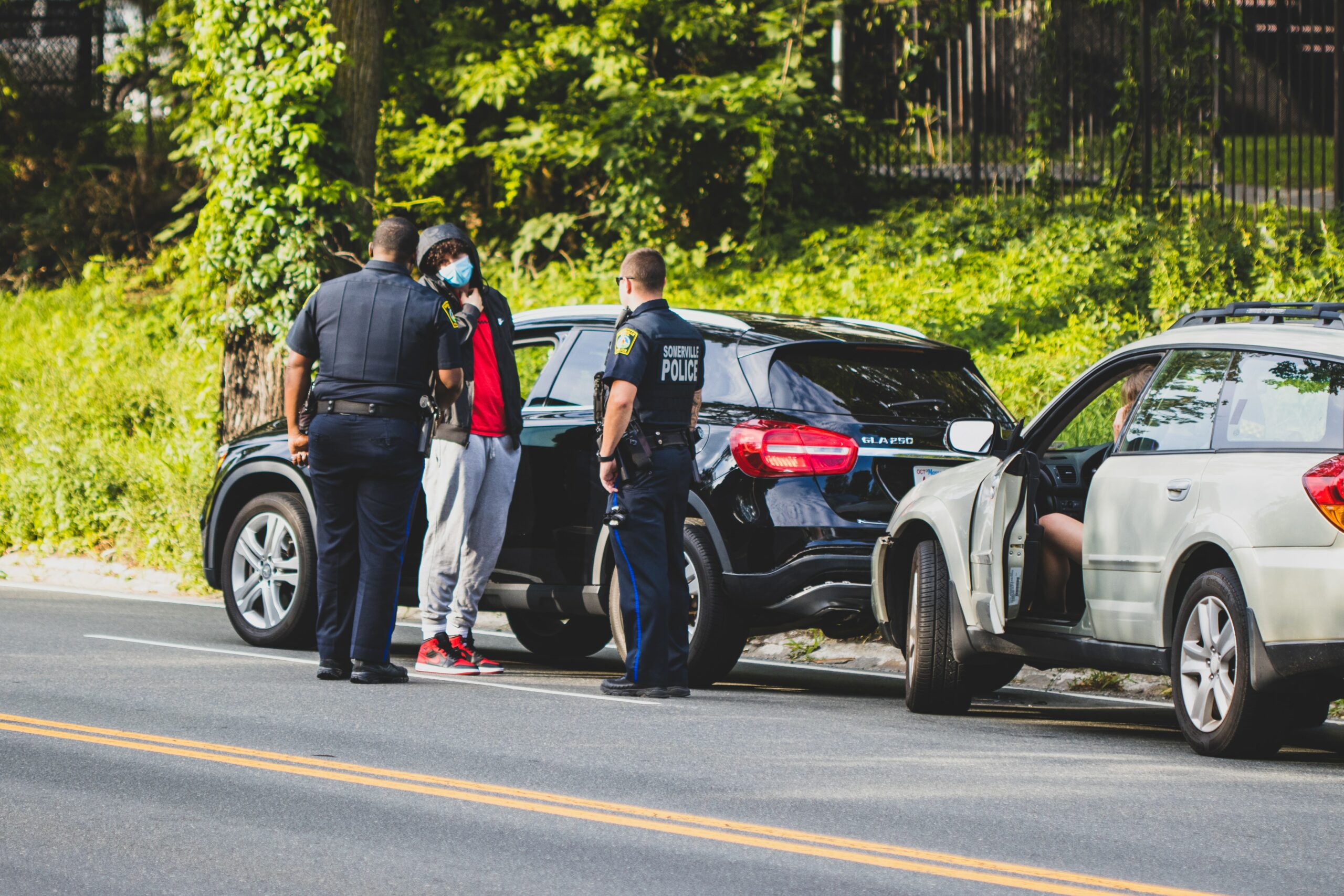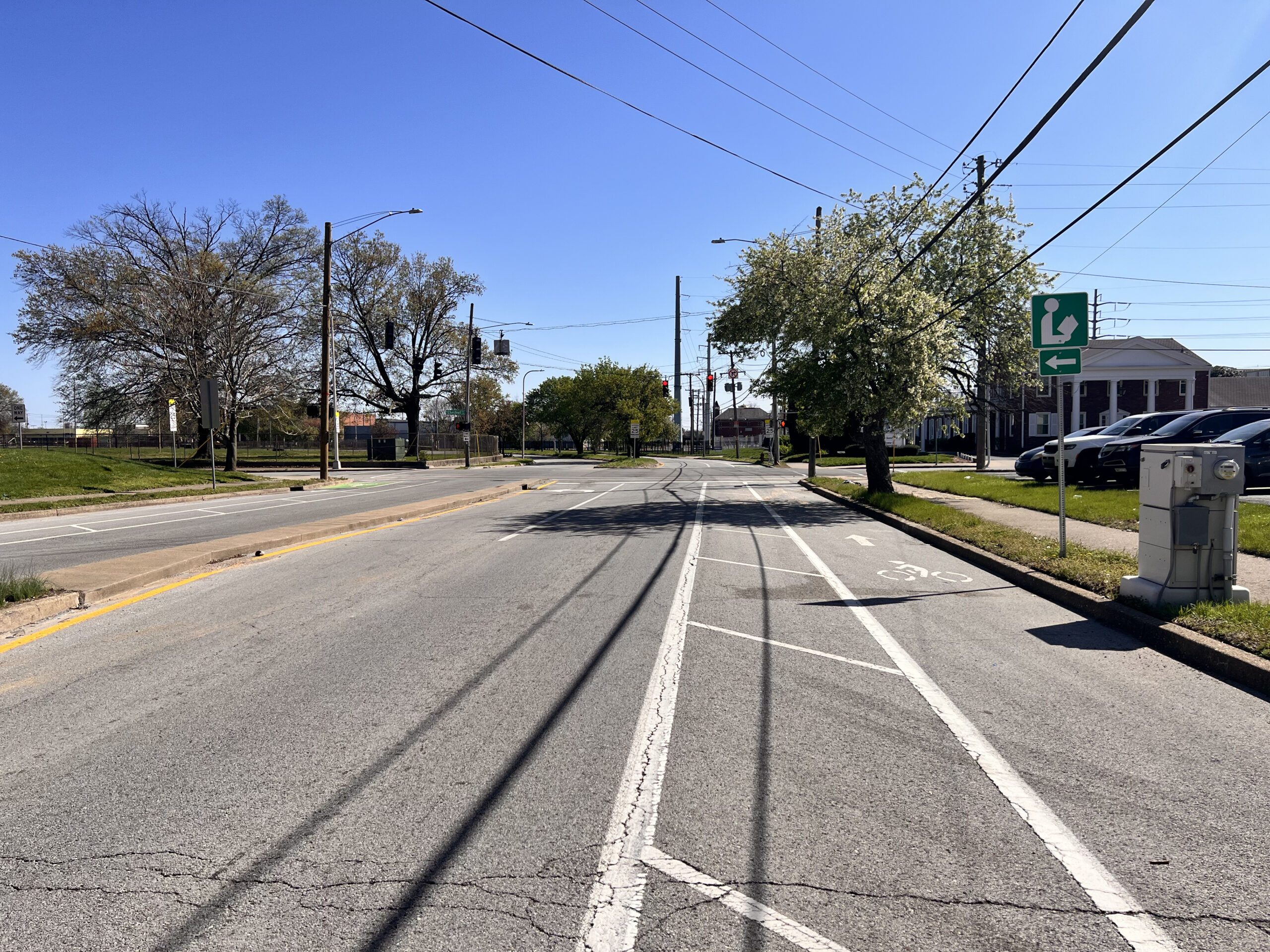Drivers know that a car isn’t as easy to control nor is it easy to stop in snowy or icy conditions. Despite that knowledge, each year there are over 500,000 crashes in the U.S. because of snow, ice or slush, according to a Federal Highway Administration report. There are also nearly 140,000 injures and almost 2,000 fatalities.
Kentucky is in the central U.S. and as such has a more mild climate than many other states. It gets an average of 11 inches of snow where the U.S. average is 23. However, drivers in milder climates can always get surprised by a sudden storm or freeze. Also Kentucky has an average low of under freezing temps, so at night in the winter the roads can become treacherous.
The bottom line is, whatever speed you have going into a slick road condition will have to be reduced to keep you from hitting something. Simply put: slow down. Knowing the way each type of winter road condition affects driving can help the motorist when he or she encounters these conditions.
Liability for snow and Ice conditions
When a car crash happens, we always want to blame someone, but can the weather be blamed? Logically, the cause of a car sliding uncontrollably into another can certainly be ice or snow on the road. However, under Kentucky law, each person is required to be aware of the road condition and adjust their driving accordingly.
Also, our system requires that someone be legally at fault for an accident so that compensation can be paid. So if it’s snow and icy and someone doesn’t slow down enough, then they can be considered negligent even if they were going under the speed limit.
The law looks at what a reasonably safe and prudent person would do under the same or similar circumstances. If the driver didn’t, then he or she could be considered negligent.
Safety Tips for Driving in Snow/Sleet/Slush/Ice
The number one tip is SLOW DOWN. Speed is your enemy once you start sliding on slick roads. Some other tips from the American Automobile Association for safely navigating Kentucky’s snowy and icy winter roads are:
- Stay home. Only go out if necessary. Even if you can drive well in bad weather, it’s better to avoid taking unnecessary risks by venturing out.
- Drive slowly. Always adjust your speed down to account for lower traction when driving on snow or ice.
- Accelerate and decelerate slowly. Apply the gas slowly to regain traction and avoid skids. Don’t try to get moving in a hurry and take time to slow down for a stoplight. Remember: It takes longer to slow down on icy roads.
- Increase your following distanceto five to six seconds. This increased margin of safety will provide the longer distance needed if you have to stop.
- Know your brakes. Whether you have antilock brakes or not, keep the heel of your foot on the floor and use the ball of your foot to apply firm, steady pressure on the brake pedal.
- Don’t stop if you can avoid it. There’s a big difference in the amount of inertia it takes to start moving from a full stop versus how much it takes to get moving while still rolling. If you can slow down enough to keep rolling until a traffic light changes, do it.
- Don’t power up hills. Applying extra gas on snow-covered roads will just make your wheels spin. Try to get a little inertia going before you reach the hill and let that inertia carry you to the top. As you reach the crest of the hill, reduce your speed and proceed downhill slowly.
- Don’t stop going up a hill. There’s nothing worse than trying to get moving up a hill on an icy road. Get some inertia going on a flat roadway before you take on the hill.
What do I do if I’m in a Winter Road Accident?
- Get safe: In most cases, stay in your car because becoming a pedestrian exposes you to greater injury. So only get out if you need to for safety.
- Stay Safe: If you are on the freeway and more cars are coming, don’t go back out on the road until you are sure no more cars are coming. Many pedestrian deaths happen this way.
- Take pictures/get information: If possible, take pictures on your cell phone and get the names and contact information of those at the scene.
- Don’t talk: Ok, do talk to authorities at the scene, but later on, don’t talk to anyone from the insurance company or their lawyers.
- Contact an attorney to get professional advice: The insurance companies are experienced in auto accidents have have lawyers on their side. You need to level the playing field and get the opinion of a professional.
Contact a Personal Injury Today
Accident victims often wonder if they need an attorney, and the answer is almost always yes. The insurance company agents have years of experience and are good at their job which is to pay you as little as possible or nothing at all. You need someone just as experienced to help you level the field.
Talk to a Louisville Personal Injury Attorney you can trust to be on your side and get you what is yours under the law.The attorneys at Kaufman & Stigger, PLLC, have that knowledge and a combined 100 years’ experience in helping clients get the results they deserve. To discuss your case, call Kaufman & Stigger, PLLC today, at (800) 937-8443 or click here to contact them online.











